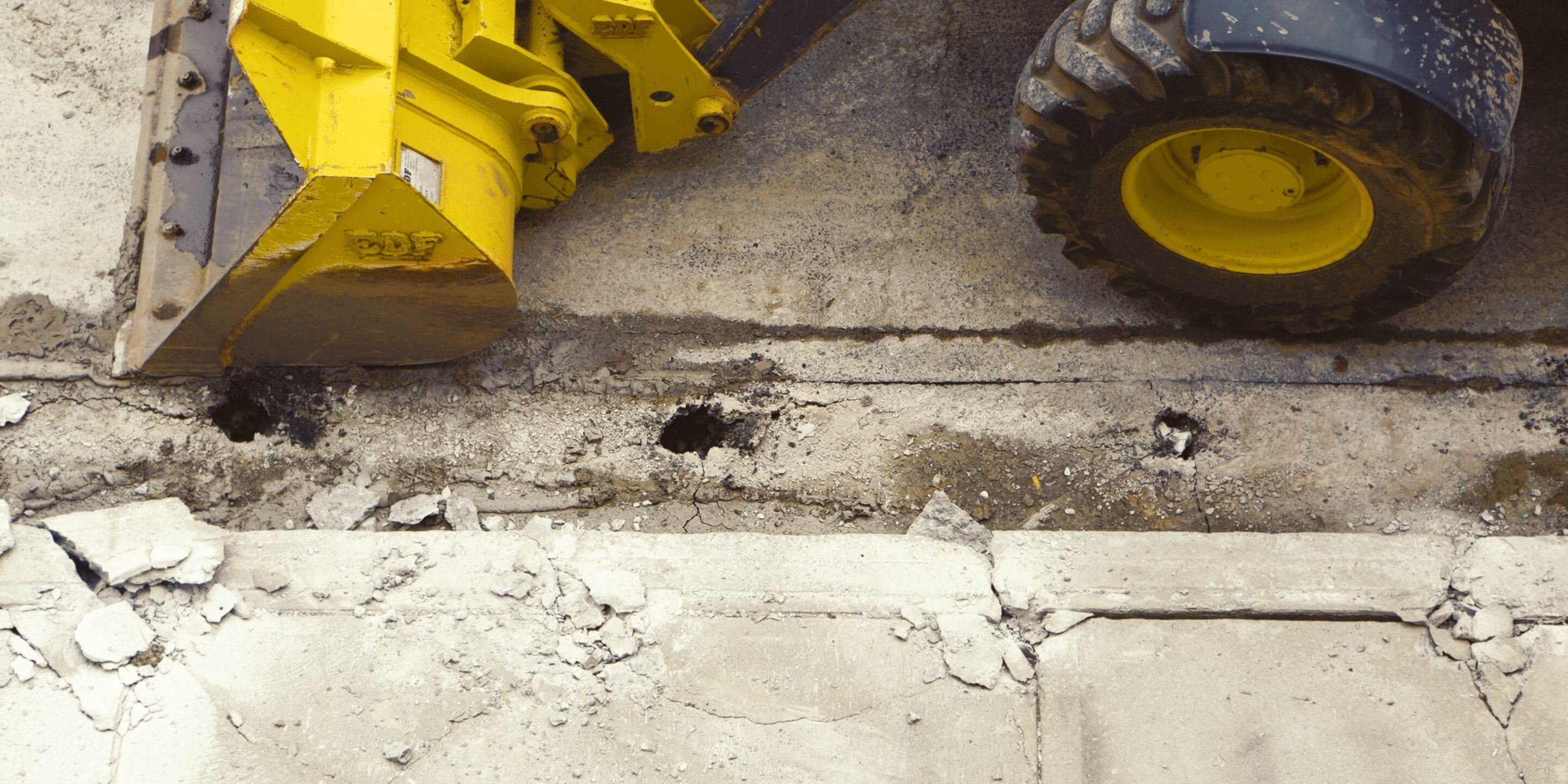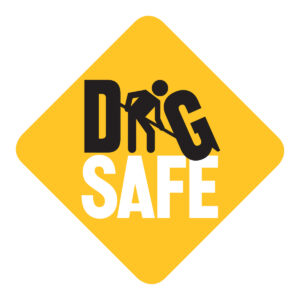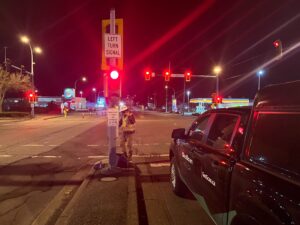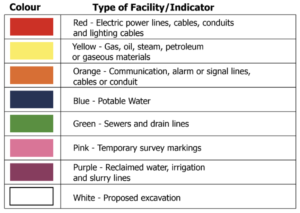April is acknowledged as Dig Safe Month throughout North America. With the arrival of spring and warmer weather, contractors and homeowners begin contemplating their upcoming summer projects.
As project planning intensifies, April presents an opportune time to prioritize safe digging practices. Regardless of your role, adhering to the Canadian Common Ground Alliance (CCGA) Best Practices for Dig Safe Month is the optimal approach to ensure safe excavation.
The CCGA Best Practices are a set of guidelines that have been put together from members of provincial CCGA members. These guidelines represent activities that are currently followed with the goal of promoting prevention of damage to underground infrastructure. The best part about the Best Practices is that they have been created by all members of the damage prevention community and are always changing as the industry evolves. Anyone in the industry is able to bring forward recommendations by contacting their local provincial Best Practices Committee. It should be noted that the Best Practices are only guidelines and do not replace local standards, codes or laws.
In recognition of Dig Safe Month we wanted to highlight a few CCGA Best Practices that are particularly important.
Section 1 covers Planning and Design Best Practices. While many of the practices in this section highlight the importance of determining the location of existing utilities as part of the planning process we think 1-5 is a good place to start.
1-5: Subsurface Utility Engineering (SUE)
Practice Statement: The project owner should consider the use of Subsurface Utility Engineering (SUE) techniques as a structured method of gathering and depicting utility information for design purposes.
Practice Description: SUE is applied during the design phase to locate, identify, and characterize all existing utility infrastructure (and other relevant non-utility features) found within a given project. SUE is applied in a structured manner, in accordance with practices and Quality Levels found in ASCE 38-22 Standard Guideline for Investigating and Documenting Existing Utilities.
Making sure your project is designed to SUE standards has been proven to reduce cost overruns and delays due to unforeseen conflicts. As many people have experienced, simply relying on existing utility and city records doesn’t usually suffice. Starting this process early in the design phase of a project is critical to avoid mid-project re-designs.
Section 3 covers Locating and Marking Best Practices, as utility locators we will highlight a few practices from this section. The first and possibly most important is the 3-1.
3-1: Use of Records
Practice Statement: Locators utilize on-site facility records at all times.
Practice Description: Facility locators use on-site records at all times. Facility records can indicate approximate location, number of facilities and access points for buried facilities within a requested area. The use of facility owner supplied records is an effective method of identifying facilities as part of the locating process.
When as-built/as-constructed records are not available on-site but there exists an electromagnetic or alternative technique to physically locate the facility, the locate should be completed by the available technique and verified where possible with the owner.
While unfortunately records alone can’t replace a utility locate they can be a valuable tool to the utility locator on site. Technicians use records to more easily find utility connection locations, more easily troubleshoot a loss of signal, or to help identify an otherwise unidentified line. While utility and site records are by means perfect, they can make the locating process much more efficient, saving the locator time, and the client money.
3-3: Colour Code
This practice is so important we have a whole blog post about it planned for later this month – but for now – we’ll just share the basics.
Standard electromagnetic locate methods don’t always work perfectly. Many utility lines are non-conductive and don’t always have a tracer wire installed. This is why GeoScan uses Ground Penetrating Radar on every site.
3-23: Alternative Locate Method(s)
Practice Statement: When electromagnetic methods of locating prove inconclusive or ineffective alternative methods accepted by the facility owner can be utilized.
Practice Description: In cases where underground infrastructure cannot be located using electromagnetic means, alternative methods accepted by the facility owner, such as Ground Penetrating Radar, or Acoustic locating, etc. may be used. It is important to note that these technologies are not effective in all areas or conditions, due to particular site or soil conditions. Users of these technologies should be competent to operate the associated equipment.
Section 4 covers excavation, and while there are many aspects of digging safely we think 4-12 is significant.
4-12: Work Site Review with Company Personnel
Practice Statement: Prior to starting work, the excavator reviews the location of underground facilities with site personnel. Any locate documentation is kept on the project site.
Practice Description: Sharing information and safety issues during an onsite meeting between the excavator and his excavating crews will help to avoid confusion and needless damage to underground facilities.
At its core this practice is simple, make sure everyone involved in a dig has reviewed the utility locate report. There may be notes or comments in the report that will help the crew on site. Perhaps a particular line could not be found and hydrovacing is recommended, or some lines may be particularly shallow. Some facility owners may require an inspector to be on site before digging can start, or perhaps the marks for a line have washed away. Getting a locate should always be more than checking a box on a list of requirements.
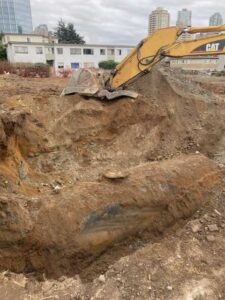
So there you have it! Some best practices to follow for your upcoming projects. To see the full document or make your own recommendations visit the CCGA website.
